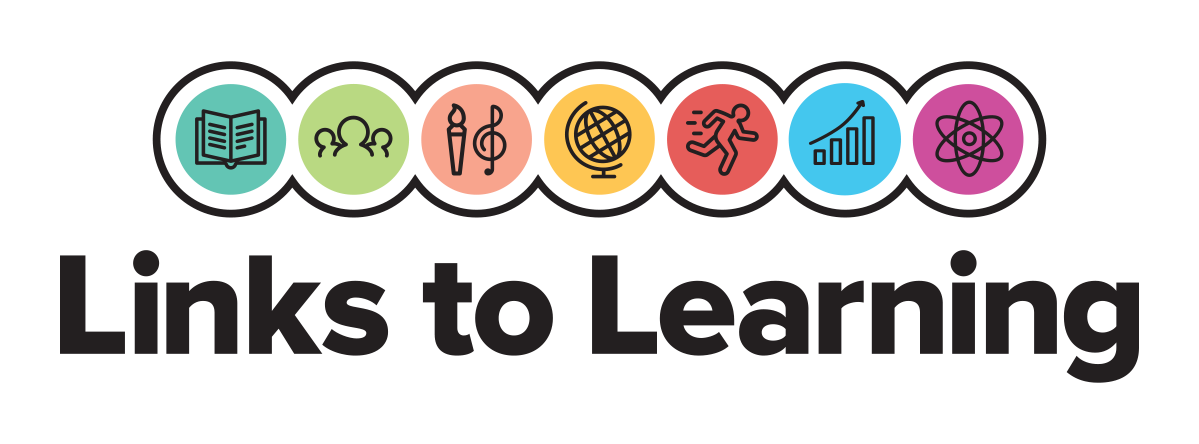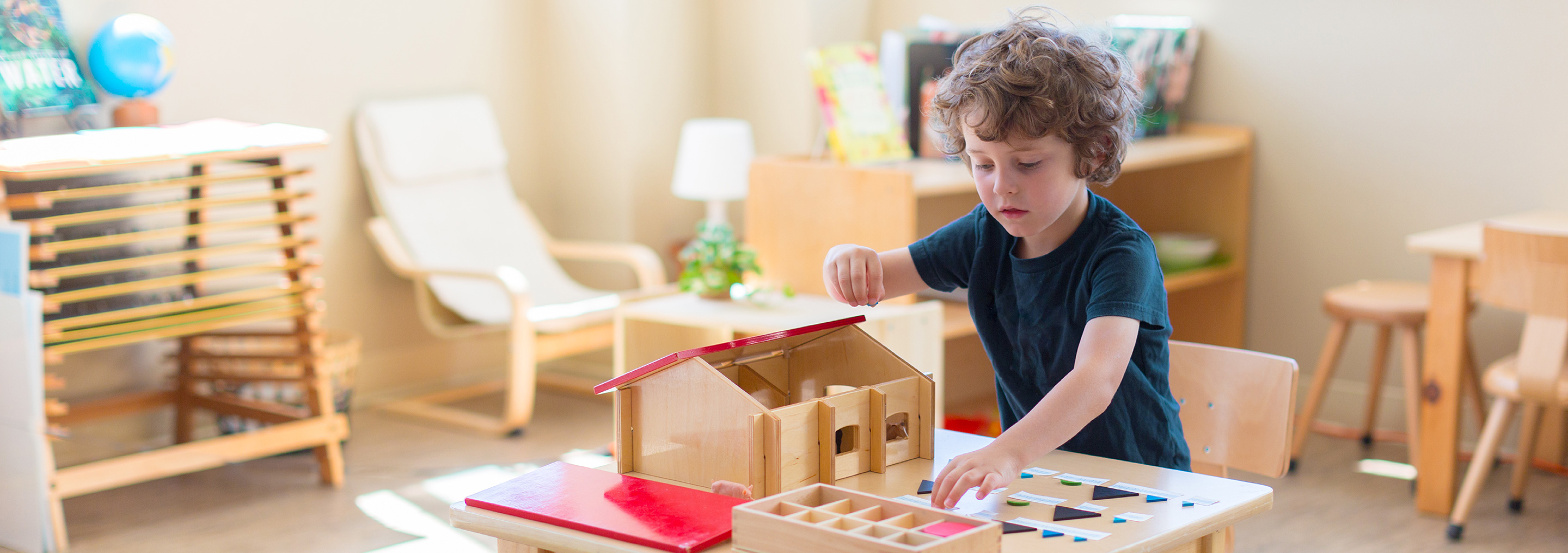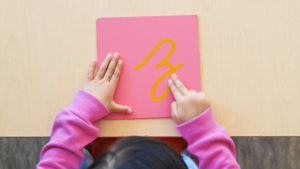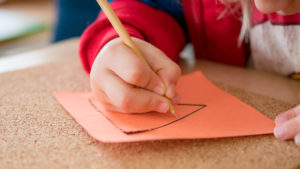- View All
- Topics
- Search
Blog Archive
-
2024 (5)
- June (1)
- April (1)
- March (1)
- January (2)
-
2023 (9)
- September (1)
- August (1)
- July (1)
- June (1)
- May (1)
- April (1)
- March (1)
- February (1)
- January (1)
-
2022 (3)
- December (1)
- November (1)
- September (1)
-
2021 (3)
- November (1)
- March (1)
- February (1)



Five Montessori Secrets for Literacy
Today’s parents are bombarded with educational toys, intended to help their children learn to read. There are toy computers that talk about letters and pull-along toys with a leg for each letter. There are workbooks, early readers, and, of course, the trusted alphabet song. Many agencies, from NAEYC to not-for-profits like Ready-to-Read, offer in-depth advice on early reading.
But do these popular approaches to literacy help? As our families learn more about the Montessori way of teaching writing and reading, many wish they saved the money they spent on these items!
In a Montessori classroom, the literacy program is carefully designed to help children acquire the component skills of writing and reading. While the program is intended for a classroom environment, the underlying principles apply equally to nurturing literacy at home. So how should a parent support their child’s early efforts to read and write?
Montessori teachers wish all parents knew that following these 5 Montessori literacy strategies is more effective, and more fun for your young learner:
1. Focus literacy games on sounds, not letter names
What does a child need to learn to be able to write or read: that the letter “a” has a name, pronounced “aye”, or that it makes a sound, “æ” like in “apple” or “cat”? From a literacy perspective, the answer is obvious: children need to learn the sounds letters make, not their names. Cee-aye-tee”, no matter how fast you say it, never blends to make the sound “cat”. Yet most commercial products focus on teaching letter names. In contrast, a Montessori teacher starts literacy by teaching sounds exclusively. Because we don’t focus on letter names, the process is much less confusing for children, and it enables them to quickly begin to read and write.
2. Teach lower-case letters first and engage hand and mind at the same time
Most commercial materials and school instruction begin with capital print letters. But most of the print children will encounter is in lower case, as is most of the writing they’ll do (just look at this blog post!) That’s why, in our preschool program, we introduce lower-case letters first, and transition to capitals later. In Montessori school, children learn to associate letter sounds with letter shapes by using a material called the Sandpaper Letters. In this lesson, hand and mind engage at the same time as we use touch, sight, and sound to integrate the learning of sounds with the letter’s symbol.
3. Separate handwriting from word-building
For a child to build a word, he needs to combine two separate skills: he needs to segment the word into sounds, represented by letters–and he needs to have the motor skills to write these letters on a piece of paper. Often, children can associate sounds with letters long before they can easily form the letters. Their conceptual understanding of language is more advanced than their motor skills. That’s why in Montessori, children first “write” by building words with the Moveable Alphabet, a set of wooden letters a child can arrange in different orders. This allows them to practice putting sounds together to make words–separated from the more challenging task of forming the letters with a pencil.
4. Prepare the hand for writing with physical exercises
Often, children who enter kindergarten struggle with handwriting because they lack the fine motor skills needed to properly control a pencil. That’s why Montessori teachers are so passionate about all the motor activities in our Practical Life and Sensorial areas. Children need to cut with scissors, to paint, to sew, to peel eggs, to wash tables; they need to build towers, hold puzzles by little knobs, and carry big materials. These indirect preparatory materials strengthen the shoulder, arm, wrist, and finger muscles! With the Metal Insets, children trace the inside and outside of the shapes, and color them in with careful, parallel lines. They have fun creating art and are imperceptibly and steadily improving their pencil control.
5. Select appealing, phonetic reading materials, not sight-word books
Most commercially available reading programs are sight-word based. They include many words with phonograms–multi-letter combinations to represent sounds such as “oo,” “ea,” “igh,” or “ch.” Children who have just learned to read phonetically are stumped by these words unless they are “pre-taught” as memorized sight words. Instead, we recommend you start reading by making it a game to read and act out what we call “command cards”: write small action instructions on a piece of paper, and have your child do the action–such as “hop,” “jump,” “run,” “skip” and so on. Be careful to use only phonetic words, i.e., words you can sound out with just a short vowel and regular consonant sounds.
With this careful approach, most of our Montessori students are strong readers by the time they graduate from the third year of our Montessori primary program (the equivalent of traditional kindergarten.) They read real stories; they write multi-sentence compositions in cursive; most importantly, they see themselves as readers and writers, and love to learn.